Have you noticed that during the seasonal rise in the incidence of ARVI, a medical mask becomes one of the most popular products on store shelves and pharmacies? Frightened by the invasion of another virus, buyers sweep away everything in a matter of days, and sometimes hours. But what to do if you come to a “head-by-side analysis”, that is, everything has already been purchased before you? Then there is only one way out - to make a mask with your own hands.
How to sew a protective mask yourself
When I got the itch and had nowhere to buy it, I took up this issue closely. As it turned out, you just need to spend some time (no more than an hour) buying everything you need and a few minutes on the process itself.
What fabric?
Most products are made from three-layer non-woven material. I decided not to go into detail about the middle layer with the interesting name meltblown and decided that as a last resort I would do without it.
When going shopping, I remembered two important things:
- plants are covered with non-woven material, which means it is available in gardening stores;
- Medical sheets for ultrasound are made from it, so there is a reason to look at the pharmacy.
I didn’t dare go to the local “Vegetable Garden” because rolls of fabric are usually on the floor there. How much they cost, and how much dust settles on them, I did not find out experimentally, and therefore I went straight to the nearest pharmacy.
To be honest, I was hoping to buy a large blue surgical drape with a hole, like I bought a couple of years ago. It wasn’t there, but the pharmacist offered another option - a diaper for 30 rubles measuring 90x60 cm. I was upset, but I took it. When I got home, I took a good look at it and realized: it’s what I need, and it’s three-layered. The inner layer absorbs moisture well, the outer one repels, and the middle one is very similar to a filter.
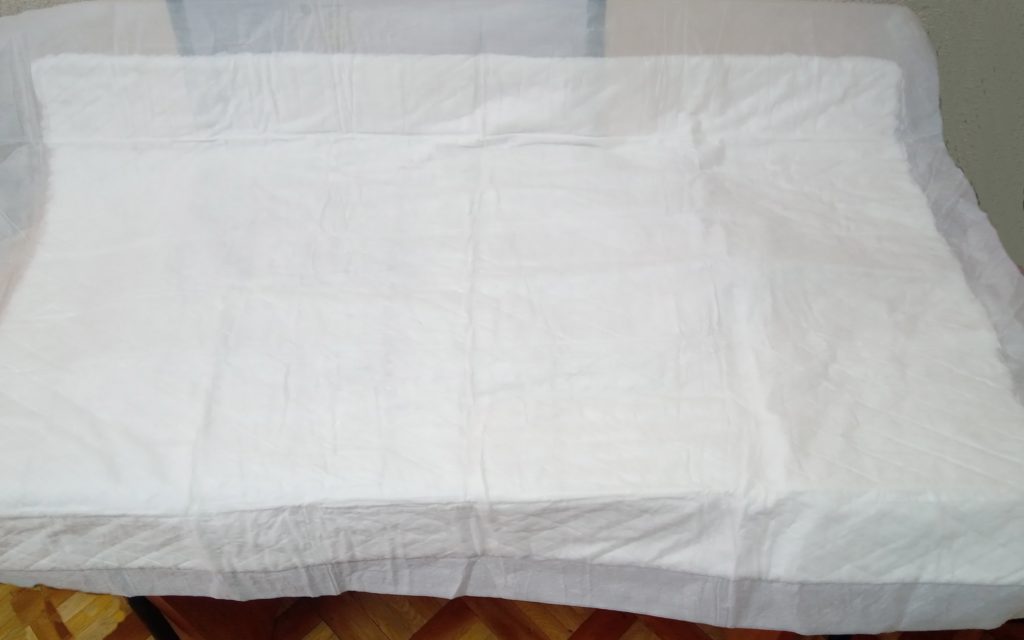
What else is needed?
In addition to the material, I needed:
- Ruler, pen and scissors.
- Sewing machine.
- Two stationery (banking) rubber bands for each mask. I bought a package of these at the Stationery store for 36 rubles.

Actions step by step
Since the edges of the diaper were without an inner layer, I decided to cut off a few centimeters around the perimeter.
Having measured and cut a piece of diaper 20x15 cm, I discovered that there was a thin layer of cotton wool between the outer layers. Since the cotton wool was fluffy and kept coming out, I had to process the edges of the future mask with a zigzag.

I placed one elastic along the side edge, made a fold of about 1 cm and stitched it. I did the same with the second edge.

Attention! The outer layer is quite “vulnerable”. To avoid damaging it, the step on the machine should be set to the largest.
All that remains is to gather the fabric a little on the elastic band and try it on. Voila! The nose and chin are closed, you can breathe quite freely.

How much does a medical mask cost? Minimum 15 rubles, if in a large batch. Small ones are more expensive. From one diaper I made 18 masks. Taking into account all expenses, the cost of 1 mask was about 3.5 rubles. At the same time, the packing of rubber bands has practically not decreased. So if you urgently need virus protection, try this method. I did it, and you can too.


 0
0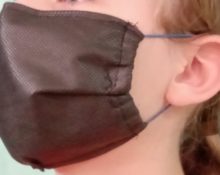
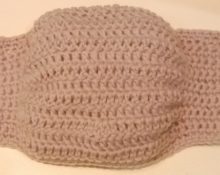
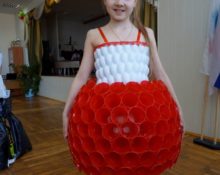
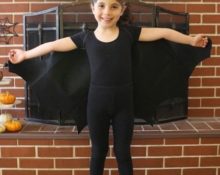
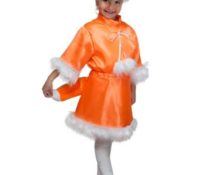


Can they be washed?
Hello! I tried it: the inner filter layer is broken during the spin cycle and rolls off like fluff in a down jacket. So it's better not to. If you want a reusable mask, do everything in the same way as in the article, but from ordinary non-woven material, which is sold in a garden store. Roll in 2-3 layers depending on thickness, zigzag along the edges and then follow the instructions. Before sewing or before use, it is better to wash it with soap (you never know where the fabric collected dust until you bought it). Good luck, don't get sick!
Please tell me what is the outer layer of your diaper made of? Does it let air through? Because I bought a diaper, and the outer layer was made of polyethylene, I began to doubt it.
Hello, Natalia! On my packaging it was written “protective film” about the outer layer. Perhaps it is polyethylene, but while I wore masks for several days of illness, I did not have any breathing problems. The fact is that at the top under the eyes near the bridge of the nose (the face is not flat) air will penetrate inside. This applies to any mask you make yourself: cotton-gauze or any other. What I like about this outer layer is that it will not let you in if someone sneezed or coughed on you, or out if you are sick. But if in doubt, there is another option: 1. After cutting off the sides of the diaper, make blanks not 15*20, but 30*20 (2 times larger). 2. Carefully separate the layer that you “don’t like” – polyethylene. 3. Fold the workpiece in half with the filter facing inward. Now your outer layers will be the same, and the inner filter will be slightly thicker. Then you sew the edges, and continue according to the instructions. Just remember that most viruses do not live in the air, but on surfaces. If you adjust or remove your mask, wash your hands. After visiting any public places where you grab handrails, door handles, etc. - the same thing. Take care of yourself and your family.
What is the point of such a mask if air penetrates into the cracks and not through the cotton gauze layer???
Not a single mask, even a pharmaceutical one, fits completely tightly to the face, but when there are no other options, even partial protection is useful.